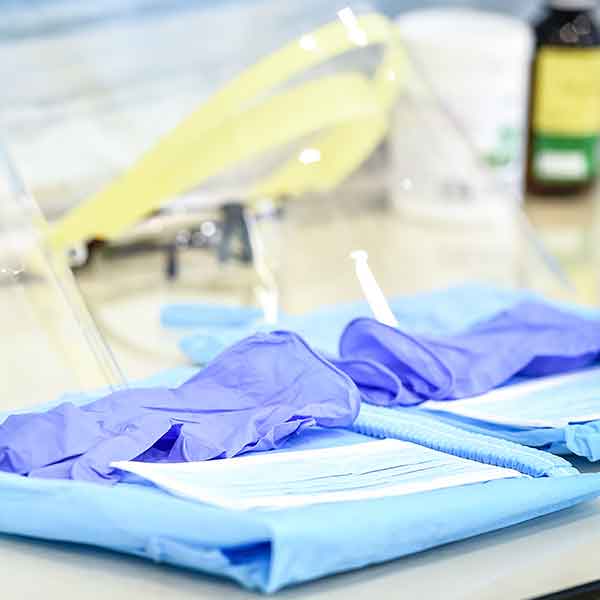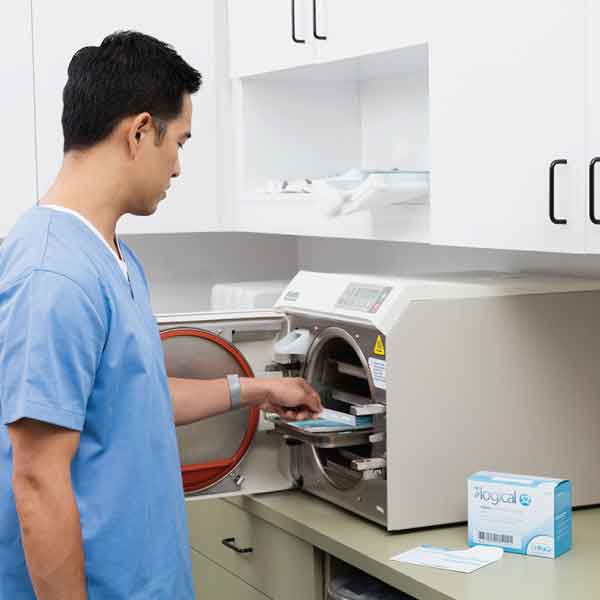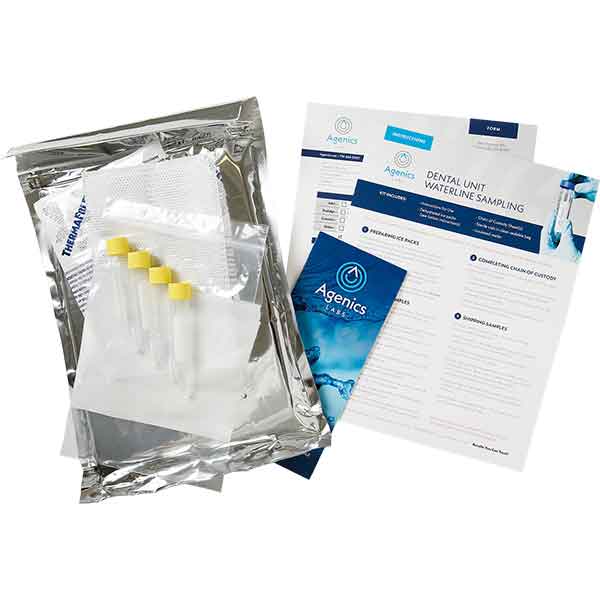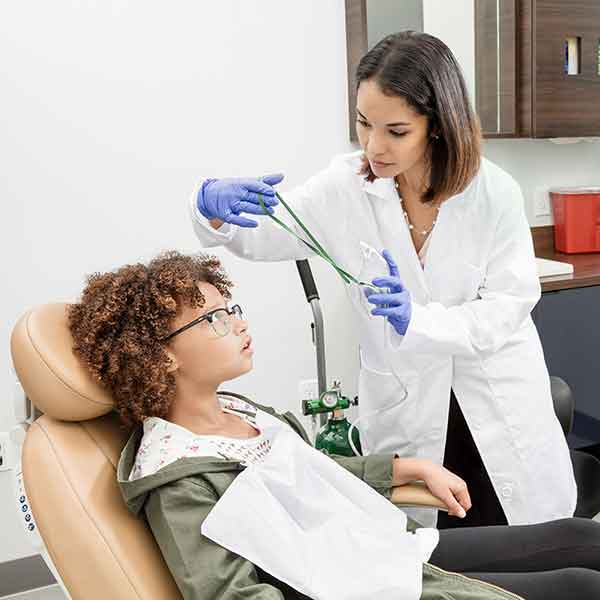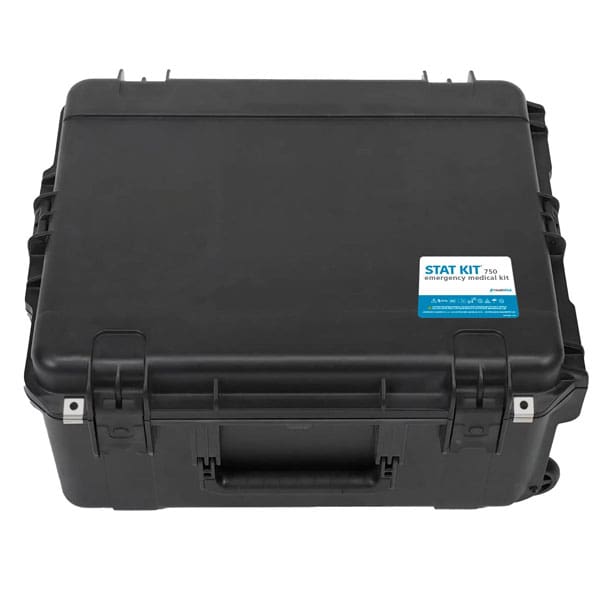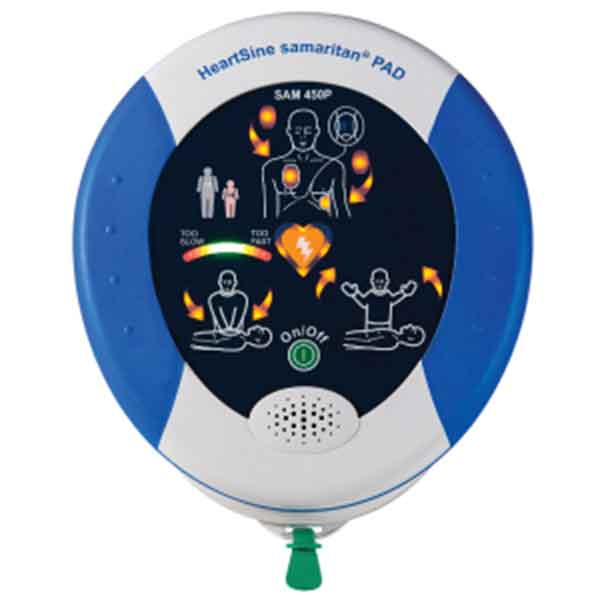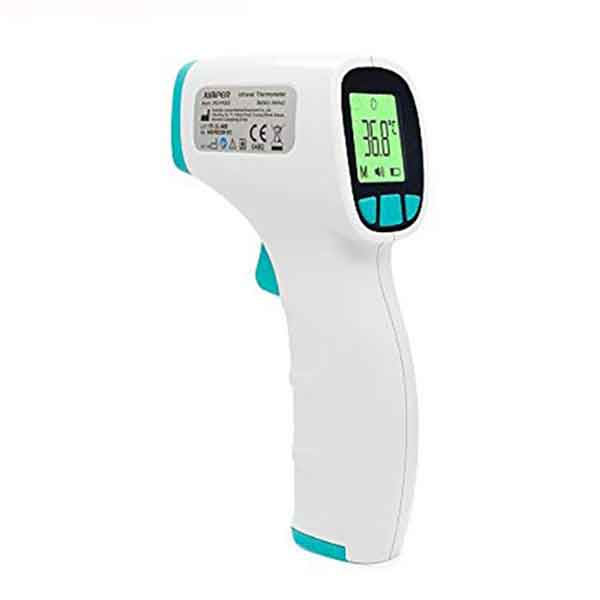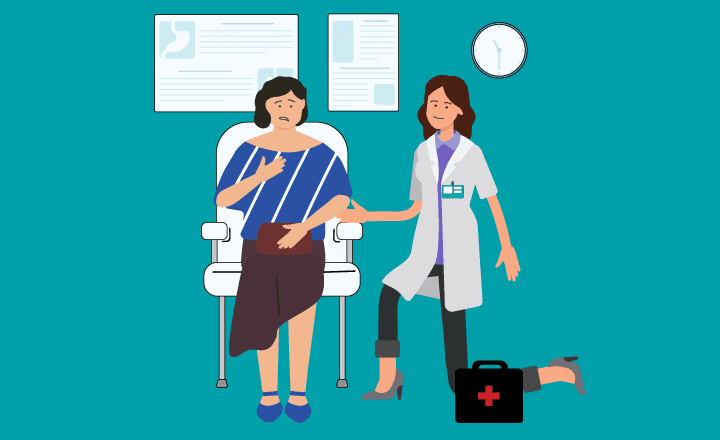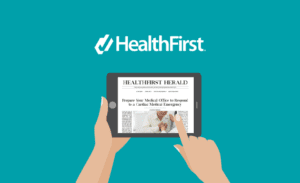Up to 5% of the U.S. population has suffered anaphylaxis. Drug or food reaction anaphylaxis is the most prevalent.
The most common drugs associated with fatal drug anaphylaxis are antibiotics (predominantly penicillin and cephalosporins), and contrast media used in medical imaging. A recent U.S. report found that radiocontrast agents caused more fatal drug anaphylaxis than antibiotics penicillin and cephalosporins combined. The study suggests “that radiocontrast administration may carry a relatively high ‘per injection’ fatality risk compared with these frequently used antibiotics.”1
Food allergies are on the rise. According to FARE (Food Allergy and Research and Education), a food allergy reaction sends someone to the emergency room every three minutes2. Each year in the U.S., 200,000 people require emergency medical care for allergic reactions to food and roughly 40 percent of children with food allergies have experienced a severe allergic reaction such as anaphylaxis.
While many patients with known allergies should be prepared for a reaction, the rising costs and shortages of epinephrine auto-injectors and bronchodilator inhalers, make it difficult for allergy sufferers to stay prepared. Many patients are developing new-onset allergic reactions never before encountered.
Whether you are a family practitioner caring for adult and pediatric patients at your clinic or radiology center administering contrast for diagnostic imaging, you should be prepared with a plan and medications to respond when your patient can’t respond themselves.
1https://www.ncbi.nlm.nih.gov/pmc/articles/PMC5589409/
2https://www.foodallergy.org/life-with-food-allergies/food-allergy-101/facts-and-statistics
























